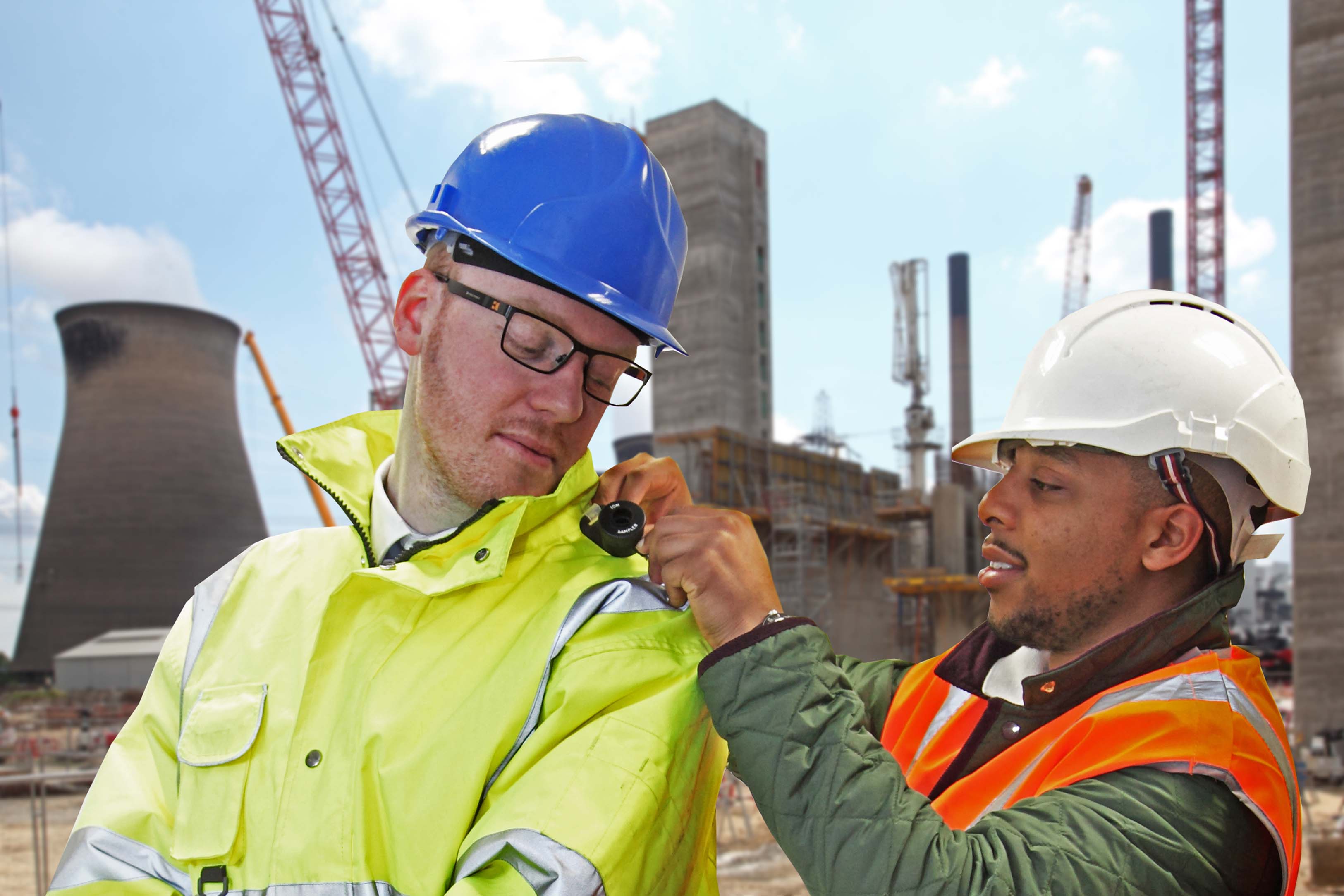Why Noise And Dust Monitoring Does Not Have To Be Expensive
All too often, monitoring a construction or demolition site’s noise and dust emissions is considered to be another headache that the contractor just doesn’t need

As a result, the section on site monitoring within the planning documents gets put in the pending tray. It stays there until, inevitably, unbudgeted and unexpected costs are signed off when a consultant is called in at the last minute to ensure compliance.
If only the contractor could erect a big glass dome over the site or completely wrap it in cling film… All noise and dust would be held within the site boundary, the local residents and receptors would have nothing to complain about and the governing local authority would have no need to visit the site. There would be no guidance or legislation documentation, no forms to complete and no costs incurred by the contractor.
In reality, the bottom line is that on-site dust and noise often have to be monitored, recorded and reported, and action does need to be taken if and when the levels get too high. The local residents and communities do need to be considered and the contractor will be drawn into time-consuming public meetings and complaints procedures if it pollutes the environment with noise and dust.
Contrary to popular belief or expectation, monitoring and reporting on site dust and noise doesn’t have to be complicated or expensive. If the contractor gets the right advice and talks to the right people it can be an easy on-going process that works for both contractor and community alike. And once the contractor has a plan of action for noise and dust monitoring it can implement the same plan for each and every site that follows; it really is that simple.
Consultation with the environmental department of the local authority is a good place to start. This will swiftly take the contractor to a point where there is a sheet of paper on the site office desk showing the acceptable levels of noise and dust from the site. The contractor will then typically call in a consultant to manage noise and dust monitoring. However, a commonly overlooked option today is to buy or hire the monitoring equipment needed to fulfil the requirements on the site. Managing noise and dust monitoring ‘in house’ is wrongly perceived to be costly, complicated and time-consuming but is not so. In fact it can be a valuable asset to the company for the next site and so on.
The contractor can easily access data straight from the monitoring system. They can even supply a user name and password to the local authority and let them get their own reports on the site, further reducing time spent on monitoring by the contractor. Noise and dust monitoring can even save money on water by turning the supply used to suppress dust on and off. Drawing water to suppress dust is expensive and if the amount of water can be reduced then this boosts the site’s environmental credentials as well as cutting costs.
Above all, noise and dust monitoring maximises the effectiveness of site management when it comes to compliance. For the unfounded complaint, the equipment will quickly provide the contractor with data to prove it wasn’t at fault. And if there is a breach, an alert from the system enables the contractor to intervene and stop or reduce the noise or dust level and inform the local authority. This will please the local authority as they can quickly offer an explanation to a complainer and tell them it’s already been dealt with.
So, although a breach of compliance can be expensive and complicated, noise and dust monitoring doesn’t have to be.
CONTACT
Dennis Sharman
Casella Ltd
info@casellasolutions.com
www.casellasolutions.com
+44 (0) 1234 844100
Monday 25 August 2014 / file under Safety | Construction



